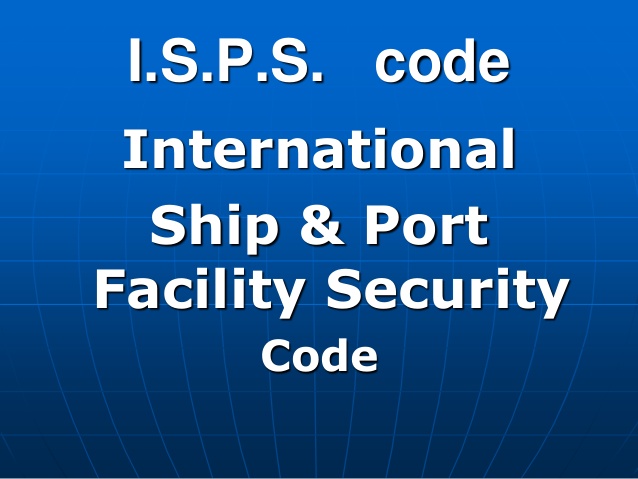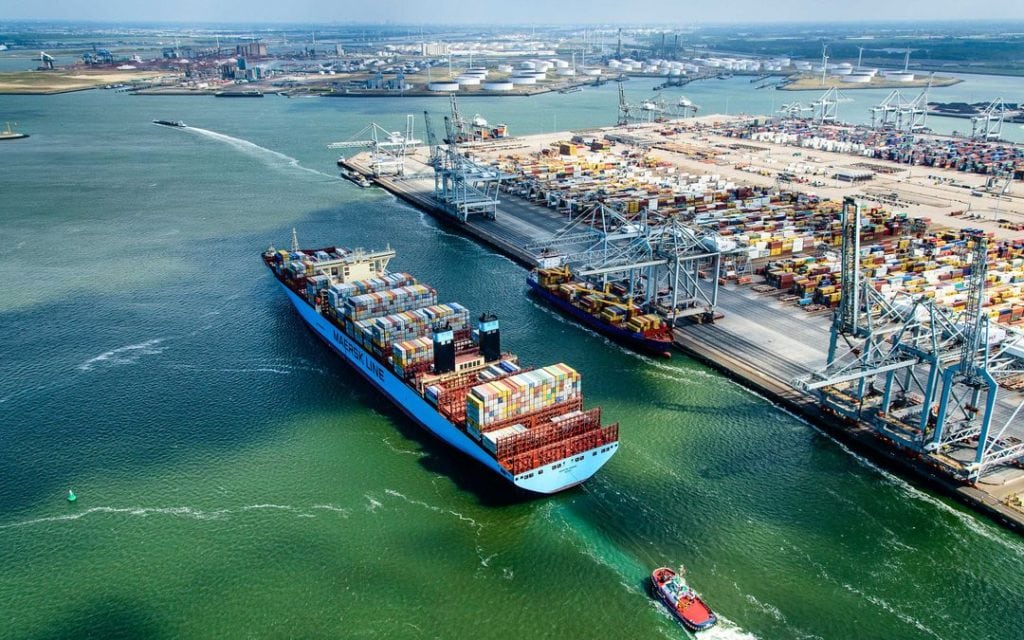If you are at play in the field of logistics with international trade, warehousing and distribution, sooner or later you will have to deal with shipping containers. This is the 4th article ( the first was about Inco terms, the second about Bill Of Lading, the third about Terminal Handling Charges) of a serie about documents and terms relating to your Supply Chain.
ISPS code for Ships, what does it stand for?
ISPS or the International Ship and Port facility Security Code was raised bij the IMO (International Maritime Organisation) in 2004 after the 9/11 attacks. Fighting terrorism is one of the biggest challenges in the world today. What happens in the air can also happen at sea or via the sea. So IMO decided to put a set of security measures in place that would be applicable to shipping companies and port authorities around the world. These measures are also implemented in the International Convention for the Safety of Life at Sea (SOLAS).

ISPS code is meant for more safety at sea and in ports.
The primary objective of the ISPS Code
The purpose of the ISPS code is to get a standard global framework known and implemented all over the maritime world. Some key goals are:
- Promoting cooperation between countries, local authorities, agencies and shipping ports.
- Structure in responsibilities and roles of each party involved with maritime safety security on board of ships and in ports, at international, national and regional levels.
- Determination of possible security risks at ships and at ports used for international trade and to maintain prevention of threats.
- Providing procedures for efficiënt assessments of ship and port security. And to provide security plans for ports, ships and companies in order to respond varying security levels.
Security levels
The ISPS code is devided in 2 parts and 3 security levels;
- Part A – Mandatory provisions with regards to the employment of security officers in the ports, on the ships and in the shipping companies.
- Part B- Recommendations about how to prepare and implement the above security plans.
- ISPS security level 1 – normal- this level needs the minimum security measures that should be in place at all times.
- ISPS security level 2- high – this level applies when there is a heightened security risk.
- ISPS security level 3 – exceptional – At this level specific security measures will be implemented for a limited period of time.
ISPS Code for vessels
A shipping company needs to have a Company Security Officer ( CSO) who’s responsibility is to check the security on board. He or she makes assesments and onboard surveys to check the development and implementation of the security plan on the ship as per ISPS regulations. The shipping company needs to have also a Ship Security Officer (SSO) he or she is in charge of the security onboard and is responsible for all crew members to carry our measurements for ship security as per ISPS code.
Than there must be a Ship Security Plan (SSP) onboard of the vessel that describes the duty of crew members at several security levels. The SSO reports to the CSO to implement the SSP.

Port security
ISPS Charges
To cover all above costs, shipping lines charge the ISPS surcharge. A customer can get charged for Terminal- or Carrier Security fee. ISPS charges are part of the freight costs so the one who pays the freight ( Consignee or shipper) will pay for the ISPS surcharge. With the threat of piracy in mind, ISPS will provide protection of ships, cargo and crew. And as it comes as a cost now, in the long term we will all benefit from being protected.
Kolibri Logistiek is at play in the field of logistics. And we play at Champions League level! We cover your supply chain from collecting your products at location of production up to the last mile to your customers. Request a quote!
.

